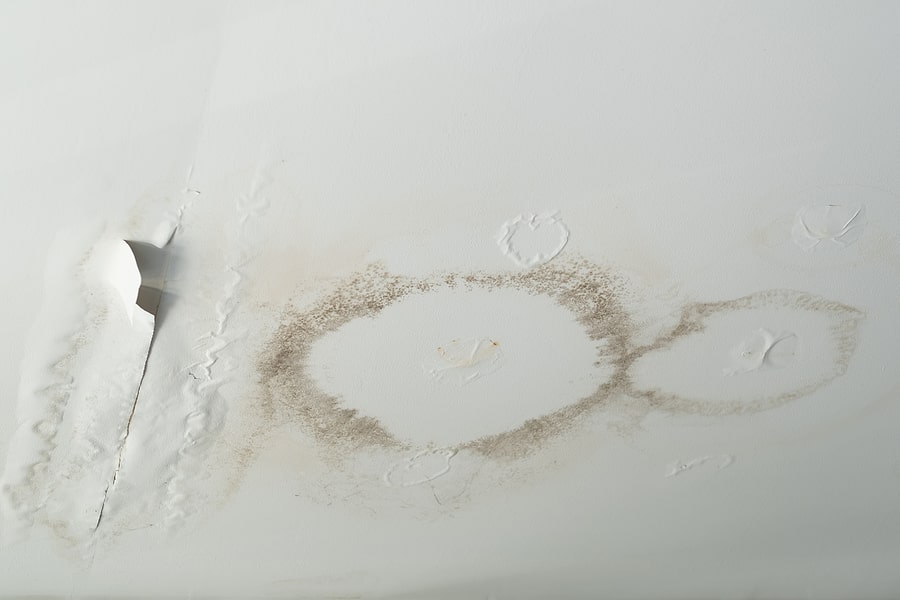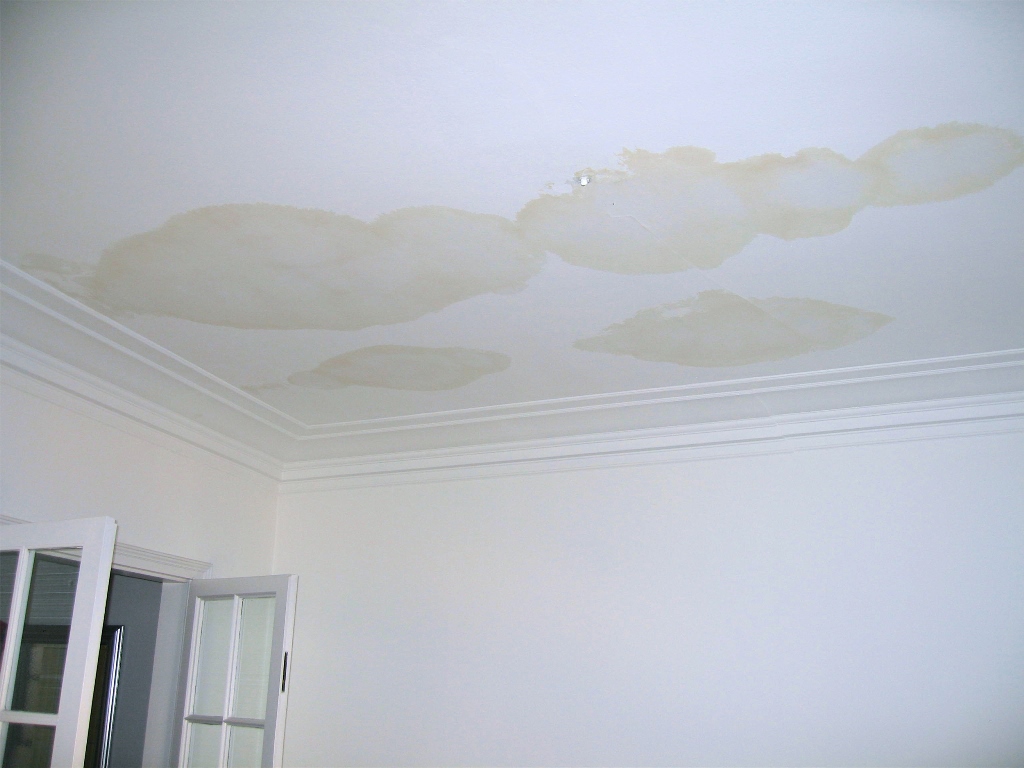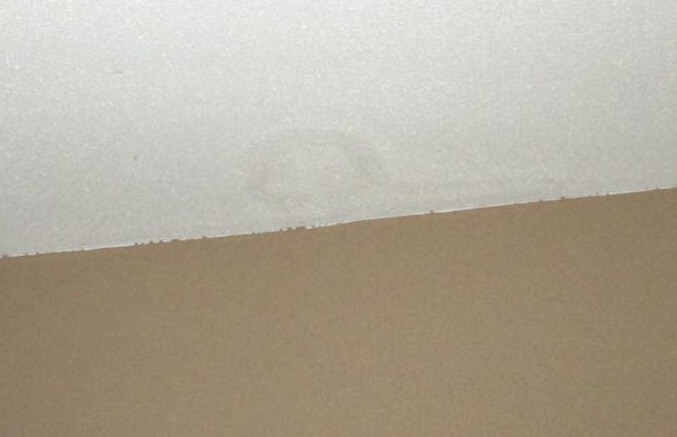Are unsightly ceiling water spots casting a shadow over your home’s aesthetics? Discover the ins and outs of addressing the elusive issue of “Ceiling Water Spot” in this comprehensive guide. From understanding the root causes to implementing preventive measures and effective remediation, we’ve got you covered.

Unraveling the Mystery of Ceiling Water Spots
Ceiling water spots can emerge for various reasons, and identifying the root cause is the first step towards resolving the issue. Let’s delve into the common causes of these troublesome spots and explore effective ways to address them.
1. Leaky Roofs: A Major Culprit
One of the primary reasons for ceiling water spots is a leaky roof. When rainwater infiltrates through damaged or deteriorating roof materials, it can seep into the ceiling, leaving visible stains. Regular roof inspections and prompt repairs can prevent this source of water intrusion.
2. Plumbing Leaks: Hidden Culprits
Leaky pipes or plumbing fixtures located above the ceiling can contribute to water spots. The constant drip of water over time can weaken the ceiling material and create visible stains. Periodic plumbing inspections and swift repairs can mitigate this issue.
3. Condensation: A Stealthy Invader
Condensation can form when warm, humid air comes into contact with cooler surfaces, leading to water droplets. Inadequate insulation or ventilation in the ceiling can contribute to condensation-related water spots. Improving insulation and ventilation can help combat this problem.
Ceiling Water Spot: Identifying and Addressing the Issue
1. Locating the Water Source
Before attempting to fix a ceiling water spot, it’s crucial to pinpoint the source of the water. This may involve inspecting the roof, checking plumbing lines, and evaluating the possibility of condensation.
2. Repairing Roof Leaks
If the culprit is a leaky roof, repair or replace damaged roofing materials promptly. This may involve patching up small leaks, replacing damaged shingles, or even resealing the entire roof, depending on the severity of the issue.
3. Fixing Plumbing Issues
For water spots caused by plumbing leaks, enlist the help of a professional plumber to identify and fix the problematic pipes or fixtures. This may involve pipe repairs, replacing faulty connections, or addressing issues with plumbing appliances.
4. Addressing Condensation Problems
To combat condensation-related water spots, improve insulation and ventilation in the affected area. This may include adding insulation to the attic, installing proper ventilation fans, or using dehumidifiers to reduce moisture levels.
Preventing Future Ceiling Water Spots
1. Regular Maintenance Checks
Prevention is key when it comes to ceiling water spots. Conduct regular maintenance checks on your roof, plumbing systems, and ventilation to catch potential issues before they escalate.
2. Adequate Insulation and Ventilation
Ensure that your home is adequately insulated and ventilated to prevent condensation. Proper airflow can reduce the likelihood of moisture accumulation in ceilings and walls.
3. Timely Repairs
Address any signs of damage or wear promptly. Whether it’s a small roof leak or a minor plumbing issue, tackling problems early can prevent them from causing extensive damage.
Read too: Understanding and Addressing Termite Ceiling Damage: Unveiling the Hidden Threat
Conclusion
Ceiling water spots can be a source of frustration for homeowners, but with a proactive approach, they can be effectively managed and prevented. By understanding the common causes, taking swift action to address issues, and implementing preventive measures, you can keep your ceilings spot-free and maintain the integrity of your home.
In conclusion, the phrase “Ceiling Water Spot” may evoke concern, but armed with knowledge and a proactive mindset, homeowners can successfully navigate through the challenges associated with these unsightly stains. Regular maintenance, timely repairs, and a focus on prevention are the keys to keeping your ceilings pristine and free from water spots.

